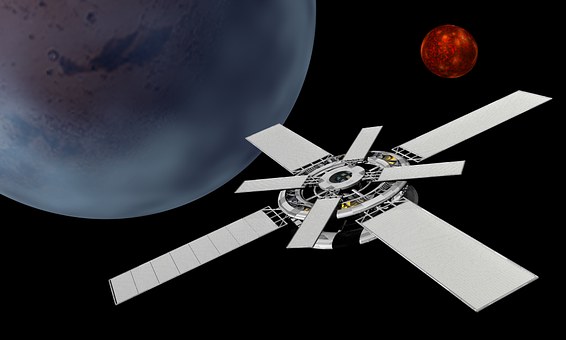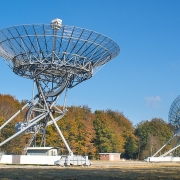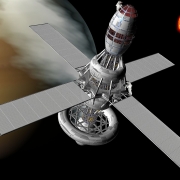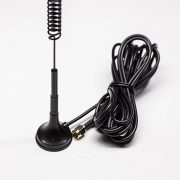Huawei Released the Iindustry’s Strongest Configuration 1+1 Antenna, Enabling the 5G Era Minimalist Site
Recently, Huawei released the most powerful 1+1 antenna at MWC 2019, including the industry’s first 30-port antenna, the industry’s smallest FDD 4T4R+TDD 8T8R fusion antenna, and the industry’s first fully integrated ultra-wideband multi-sector antenna. It satisfies the requirement that one passive antenna supports all frequency band configurations in different scenarios, simplifies 5G sites, and reserves 5G Massive MIMO deployment space.
Based on three major 5G antenna platforms (Munich platform, London platform, Bangkok platform), Huawei released three higher-profile antenna products:
The Munich platform, the smallest 30-port antenna, one antenna supports Sub-3G Hz full-band 4T4R deployment, and each band can be independently adjusted for coverage, suitable for global operators with rich spectrum or antenna sharing scenarios.
The London platform is only 1.5m long. The single antenna supports FDD 4T4R+ TDD 8T8R converged deployment, creating a minimally simplified 5G site, enabling 5G evolution “0” to add new space and quickly activate 5G.
Bangkok platform, fully integrated multi-sector hybrid antenna, FDD expansion next hop solution, increasing capacity by more than 2.5 times. Full-band ultra-wideband supports Sub-3G Hz 4T4R six-sector and three-sector flexible configuration, maximizing spectrum efficiency and site resource utilization.

Huawei first proposed the 1+1 antenna modernization concept in early 2018 and released a 1+1-day full-surface solution for 5G. It is dedicated to solving the problem of 5G site evolution without space, high cost, and difficult access enabling 5G. Minimal site deployment. In order to meet the above requirements, Huawei has increased its R&D investment and created many leading technologies and applied them to this series of new products.
Innovative architecture reduced size: multi-layer array flower arrangement design, FDD/TDD fusion antenna is reduced by about 50% compared with traditional architecture size; compact Side by Side array architecture is 10% less than the industry’s similar architecture width, achieving small size and high gain ;
Cutting-edge technology for improved performance and reliability: AirMAX Feeding Network technology boosts radiation efficiency by 18% and greatly enhances antenna reliability and productivity.
Basic technology research, enabling the continuous evolution of antennas: MQ4/MQ5 cluster connectors selected by NGMN for 5G early deployment applications, enabling the development of 10G antennas above 10 frequencies, greatly simplifying the installation and maintenance of antennas; GFRPP, new material for radomes 40% lighter than traditional FRP, control multi-frequency antenna weight within 50 kg, avoid antenna lifting to save installation time and cost.
Zhang Jiayi, President of Huawei’s Tianfu Business Department, said: “We deeply understand that the space problem is the bottleneck of 5G site deployment. For this reason, Huawei has increased antenna research and development and innovation and is committed to building the industry’s leading 1+1 antenna solution, enabling 5G. Minimal site deployment, helping operators achieve business success in the 5G era.”
From:http://www.hj-antenna.com/









Leave a Reply
Want to join the discussion?Feel free to contribute!